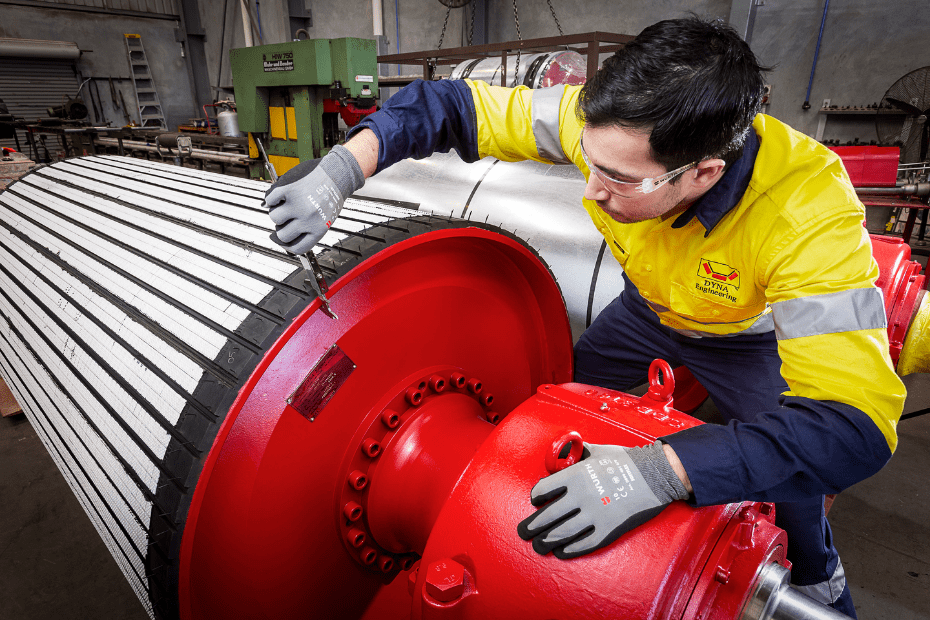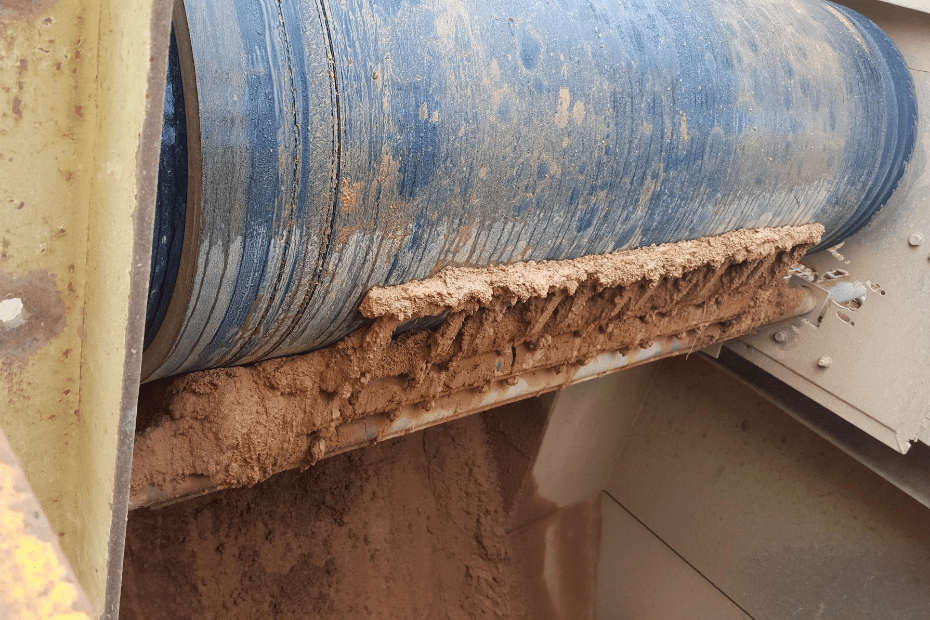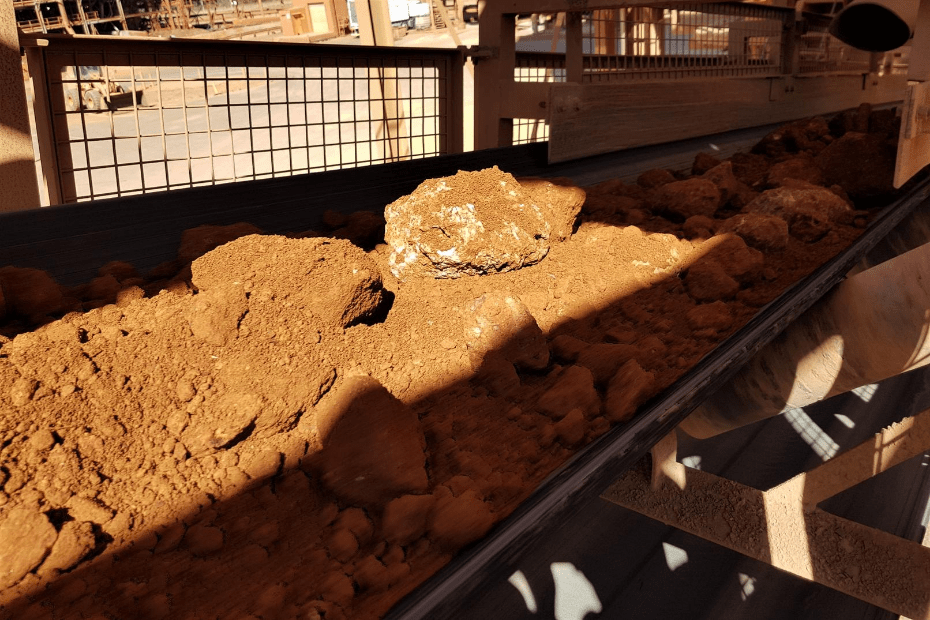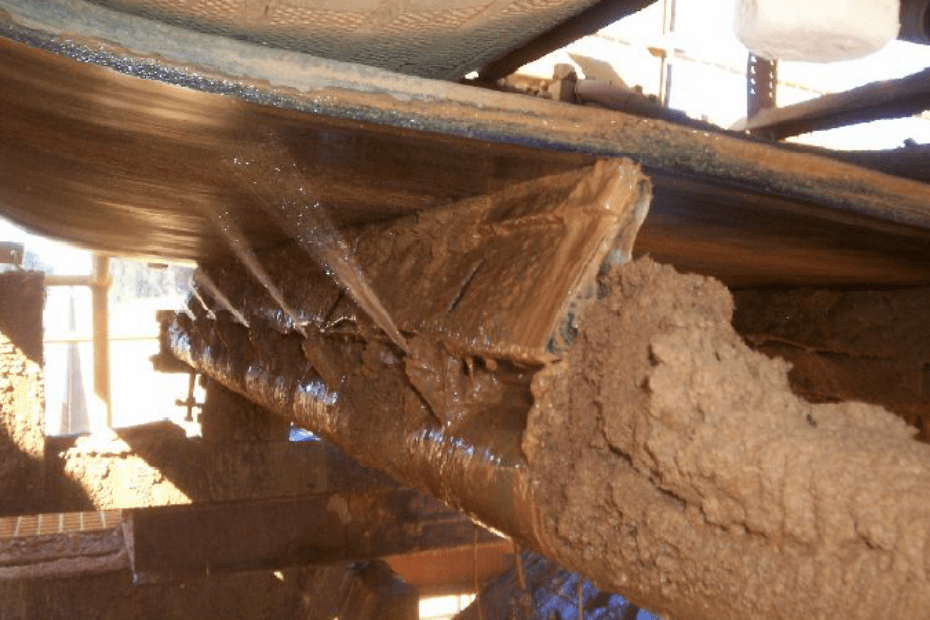
Does Your Conveyor Pulley Need Refurbishing?
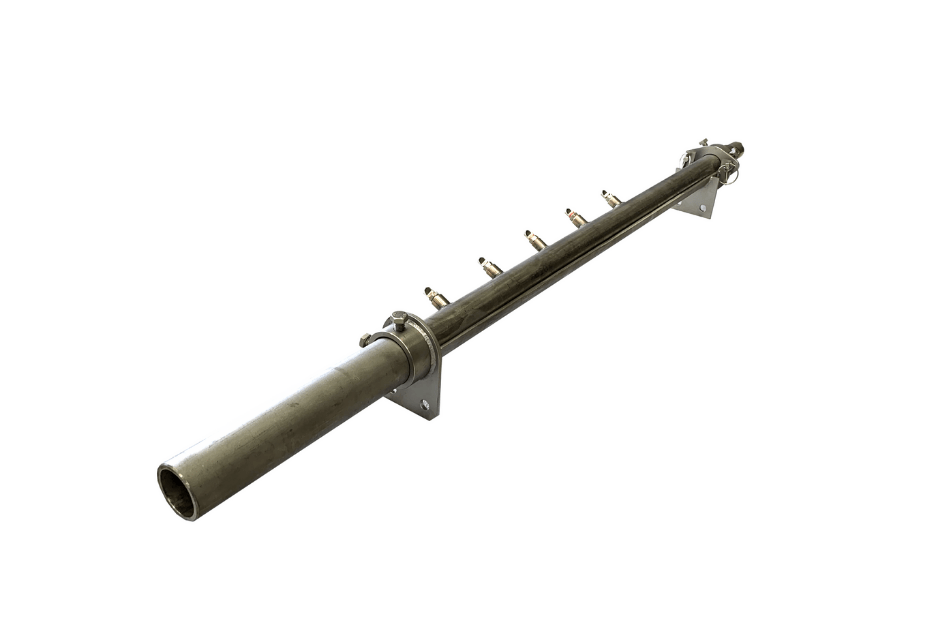
A spray bar is a pipe arrangement with several evenly spaced spray nozzles fitted. The spray nozzles are used to disperse a liquid, usually water, in a desired pattern.
Spray nozzles can be used to disperse the liquid over an area, increase the liquid’s surface area or to create an impact force on a surface.
Depending on the intended application, the spray nozzles are selected for their spray characteristics. When combined in groups, as is the case with a spray bar, the desired spray characteristics are used for liquid distribution over a wider area.
Keeping It Clean and Tidy
In conveyor belt cleaning applications, a spray bar is used to evenly distribute the water over the width of the belt.
Water is distributed across the belt surface to either clump materials together within the water, creating a mud or sludge, so they can be more effectively scraped from the surface by a belt scraper.
Otherwise, the water is used to impact the surface to dislodge particles from the belt surface and flow away with the water during the scraping process.
Depending on the characteristics of the materials being conveyed and the intended application, spray pressure and pattern play an important role to achieve your outcome.
Where Is the Spray Bar Normally Located?
Normally located between the primary and secondary scraper, the spray bar is designed to position the spray nozzles in the most effective position in relation to the conveyor belt’s surface.
Both distance and angle to the belt surface need to be optimised for the highest cleaning efficiency.
After the primary scraper has performed its initial cleaning function, some material may still be present. This material is known as ‘carryback’. To further decrease carryback, water is sprayed onto the belt surface. The water is used to soften the carryback and wash away particles into the chute to be recombined with the material flow.
In this configuration, the secondary scraper, located after the spray bar, finishes the cleaning of the conveyor belt and also removes any remaining water from the conveyor belt.
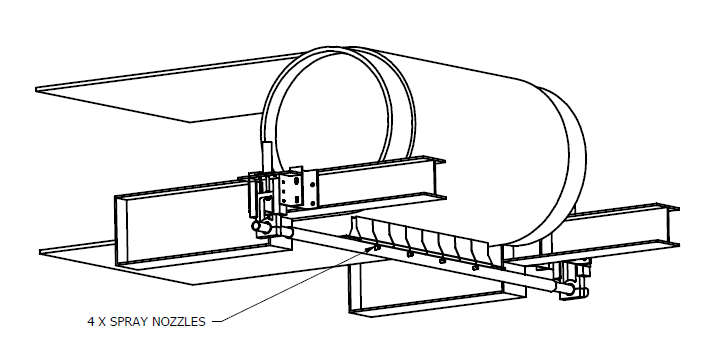
After the primary scraper has performed its initial cleaning function, some material may still be present. This material is known as 'carryback'. To further decrease carryback, water is sprayed onto the belt surface. The water is used to soften the carryback and wash away particles into the chute to be recombined with the material flow.
In this configuration, the secondary scraper, located after the spray bar, finishes the cleaning of the conveyor belt and also removes any remaining water from the conveyor belt.
Another common configuration is to install spray bars between the secondary and tertiary scraper. This adds an additional level of cleaning which will result in the best possible clean for the conveyor belt.
DYNAFastFit® Spray Bars
DYNAFastFit® spray bars can be designed for a vast range of applications, flow rates and supply pressures.
Configured to suit almost any application, DYNAFastFit® Spray Bars are made from stainless steel for a long-lasting solution.
They will not rust or corrode and are designed for non-potable water sources including high salinity water or recycled process water.
Retractable Shaft
DYNAFastFit® spray bars have a unique design that employs a fully retractable spray bar mounted in a stationary shaft to form a two-part assembly.
With the stationary shaft remaining in its location, the spray bar can simply be removed by disconnecting from the water supply and removing two clips. Then the spray bar can be retracted from the stationary shaft in a matter of seconds.

No Need for Stoppages
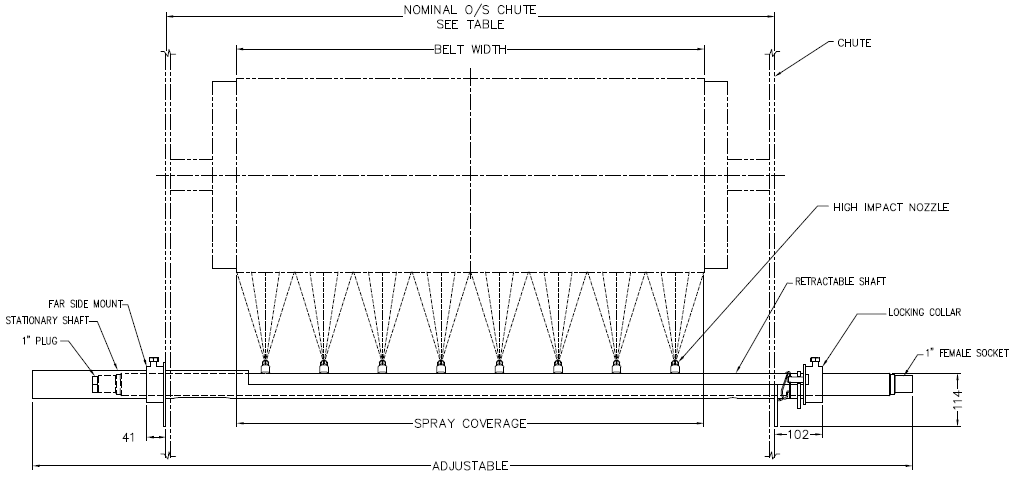
The spray bar can even be safely removed and returned to its original position while the conveyor is running without the need for highly skilled labour.
There are no tools required to remove the spray bar or conveyor guards. The opening left when the spray bar is removed complies with AS 4024 Safety of Machinery.
Safer Maintenance
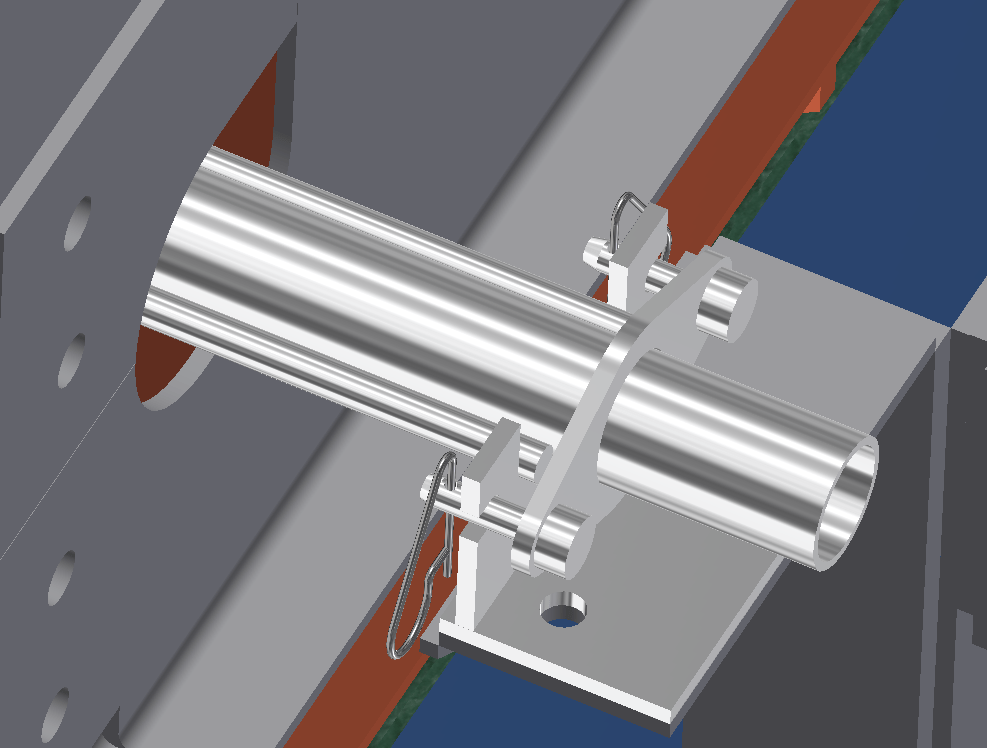
When the spray is removed from the stationary shaft, maintenance can be performed in a safe and ergonomic location. This allows maintenance personnel to quickly remove any sediment build up from the pipe and unblocking any clogged nozzles from outside of the chute. Blockages are a common point of failure when using water sourced from recycled process water or dam water.
The spray bar can simply be returned to its original position, water supply reconnected and returned to operation.
As this can be done safely while the conveyor is running, there is no need to wait for the next shutdown. This ensures cleaning efficiency is maintained and carryback is kept to a minimum throughout the production cycle.
If you would to find out more information, check out our Spray Bar page or contact us here.
Related Blog Posts
New Life for Old Conveyor Pulleys
Our latest article for the May/June edition of the Australian Bulk Handling Review was published last week in which we discuss the signs that your conveyor pulley is in need of refurbishment…
Importance of Regular Maintenance
The importance of regular maintenance of a conveyor system can at times be overlooked. From small-scale operations to the most complex of systems processing hundreds of thousands of tons…
Common Causes of Belt Damage
Conveyor belts are a viable component in a conveyor system. It is important to maintain them correctly and minimise any potential stoppages or damage to maintain the maximum up time…
